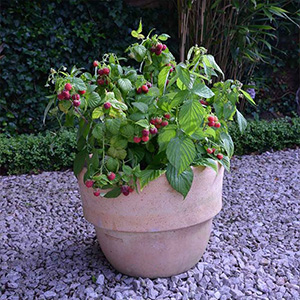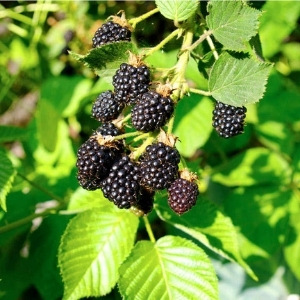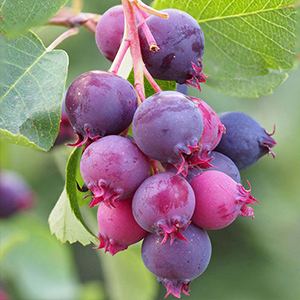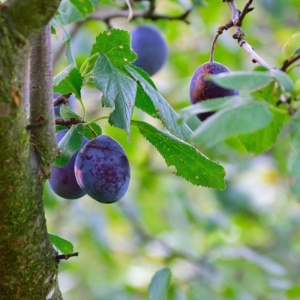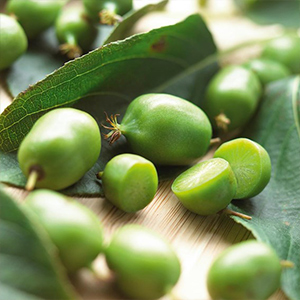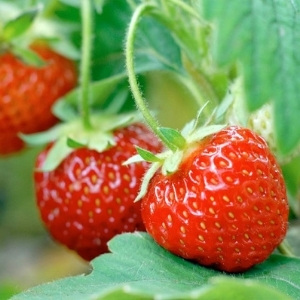How to get strawberry plants to produce more fruit
Keep your strawberries at their most productive by replacing your plants every three years. Use quality fresh plants from Dobies to replace your stock. If you’re growing your strawberries in hanging baskets or in patio containers, it’s important to change the compost every couple of years to ensure your plants have enough nutrients to fruit well. Add a handful of slow release fertiliser to the potting mix and feed your plants every two weeks with a high potassium fertiliser.
When your strawberries produce runners, cut them away from the plant. Either root them in small pots or dispose of them in the compost heap. Removing the runners keeps your plant focused on flower and fruit production instead of reproducing. Water your strawberries regularly during spring and summer to help the fruit swell.
When to plant fruit trees
Plant your bare root fruit trees during late autumn and winter. This ensures that their roots have time to spread and develop before bud break in the spring so they can provide the growing young tree with enough water and nutrients for healthy growth. Remember to support your newly planted bare root fruit tree with a sturdy stake, and label with the date and variety.
If you’re starting with a potted fruit tree, then you can plant anytime during the year as long as the ground isn’t frozen. Potted fruit trees are more developed than bare roots. They have green top growth, and are typically more mature than bare root. To grow your favourite fruits on the patio or balcony, check out our patio fruit collections to find zesty dwarf lemon ‘Eureka’ along with crunchy and sweet dwarf apple, cherry, and pear varieties.
What common pests affect fruit plants?
Birds are one of the most common pests for fruit plants at harvest time. Fruit bushes like currants, gooseberries and blueberries are most easily protected under a fruit cage where they’re safe from thieving pigeons and blackbirds. During the growing season, fruit plants can be affected by aphids which can cause leaves to curl and become sticky and misshapen. These pesky sap suckers are easily removed with a couple of healthy squirts of diluted washing up liquid. Simply cut heavily infested branches away from the plant and burn.
It’s important to regularly check your young fruit trees for pests. Keep an eye out for tell-tale signs like curling leaves, stunted growth or unusual bark. Regularly inspect your apple, pear and cherry trees for any signs of aphids. Codling moth caterpillars burrow into ripening fruit, causing unsightly little holes. Find an effective, chemical-free treatment in our collection of garden pest control products to stop the caterpillars causing damage.

